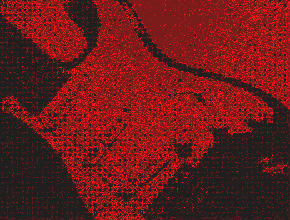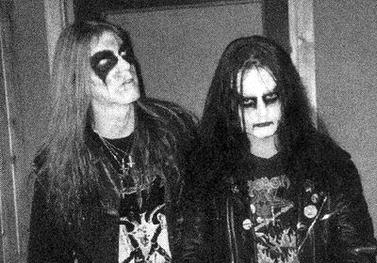Dear Readers, I’ve recently started writing for the International Society of Metal Music Studies blog. Some of my pieces will now be hosted there, but every time I write for them I will also post the lede paragraph of each article here and link to the full version on their site. Please visit the ISMMS site to view this whole post, and while you’re there read through a few posts by their other excellent writers!
If you don’t know the Swedish band Ghost yet (used to be spelled “Ghost BC” in the US for legal reasons), you might not be paying much attention to metal industry news. They are a rapidly rising star in the metal cosmos: their latest album hit the top of the charts in Sweden and charted no. 8 in the United States (these days, breaking into the top 10 is a rare feat for a non-American metal band), and the band even won the Grammy for Best Metal Performance for their song “Cirice” this past year. They have attracted some controversy for their costume gimmick: their lead singer “Papa Emeritus” dresses as a sort of dark, Satanic “anti-pope,” while the rest of the band call themselves “nameless ghouls” and wear identical masks with dark overtones. The band members seem to have a tongue-in-cheek attitude about their Satanic image as an inversion of traditional Christian symbols (literally inverted in the case of the cross that forms a part of the band’s logo). But this Satanic symbolism is only the most superficial layer of a deep practice of inverting values that can be seen throughout the band’s work, not just in their visual imagery, but also in their lyrics, timbre, and even in the formal properties of their treatment of verse material during the guitar solo. Each of these dimensions undermines established associations of evil with dissonance, discord, and ugly harshness in metal music.
…. Continue reading this article at the International Society for Metal Music Studies blog.




